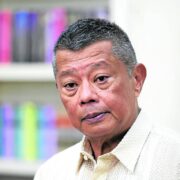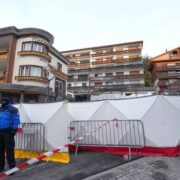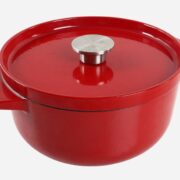Skin science is more than skin deep
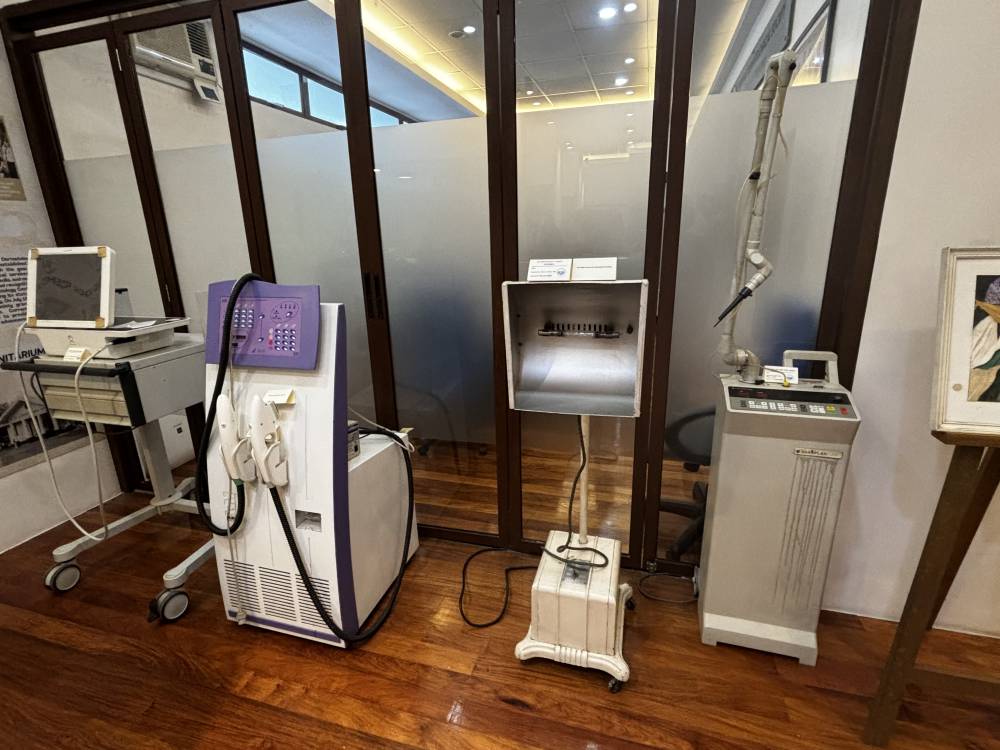
The rise of social media has brought us “skinfluencers”—personalities offering skin-care advice without medical training—alongside qualified dermatologists providing valuable education on common skin, hair and nail concerns. This can create confusion, leading some to believe dermatologists simply treat warts and administer Botox for youthful looks.
A recent visit to the Skin Museum at the Philippine Dermatological Society (PDS) headquarters shed light on the depth of this medical specialty. PDS members explained that dermatology goes far beyond surface-level treatments with subspecialties. These doctors are trained to diagnose and treat a wide range of skin conditions that could be traced to disorders in the internal organs or mental health.
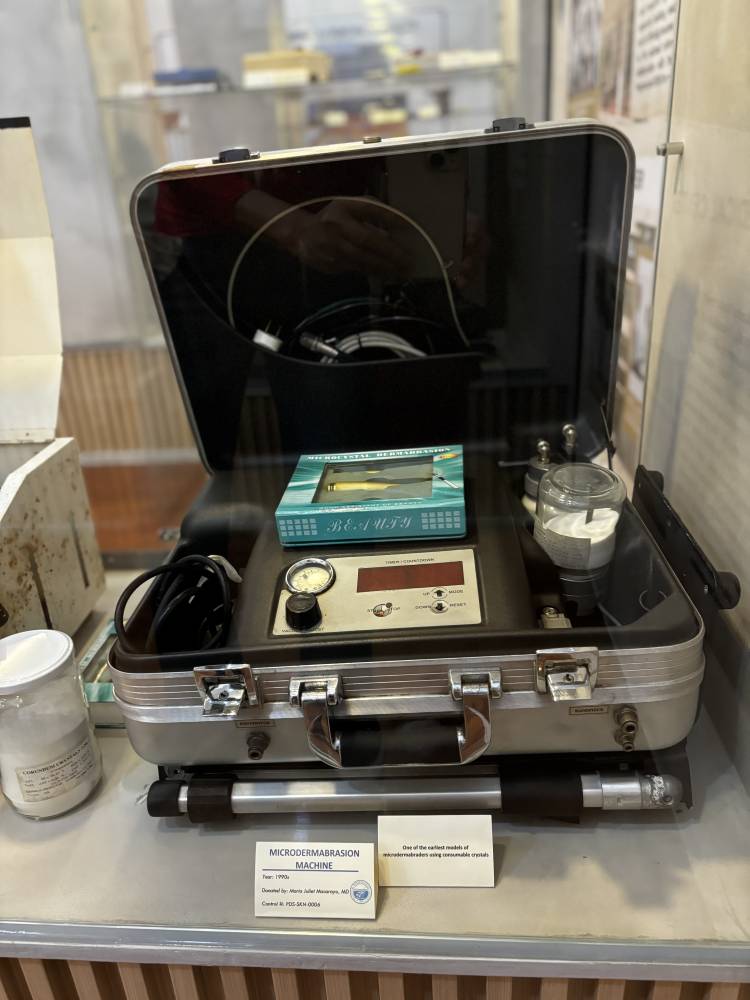
Founded in 1952, the PDS champions the advancement of dermatology, upholding rigorous standards for skin health and ethics.
It designs the standardized curriculum for dermatologists, administers exams and certifies diplomates.
Additionally, the PDS monitors the field for any malpractice.
Doctor’s bible
Dr. Antonio Sison III, PDS board treasurer and psycho-dermatologist, explained that the Skin Museum showcases the organization’s evolution alongside the progress of dermatology.
A chronological chart highlights past presidents who, after training abroad, returned to share their expertise with new generations of dermatologists. Photographs present some of the 17 institutions offering residency training.

Dr. Sison emphasized the importance of the PDS maintaining a sense of history, illustrating how patient care through the apparatuses has transformed over time. For younger dermatologists, he likened the past presidents’ chart to a family tree, solidifying their professional lineage.
“The Skin Museum is a project spearheaded by our current board, led by president Cynthia Ciriaco-Tan,” explained our guide, Dr. Maria Deanna Ramiscal, a photo dermatologist specializing in the effects of light on the skin at St. Luke’s BGC. She treats a wide range of conditions, from serious illnesses to aesthetic concerns.
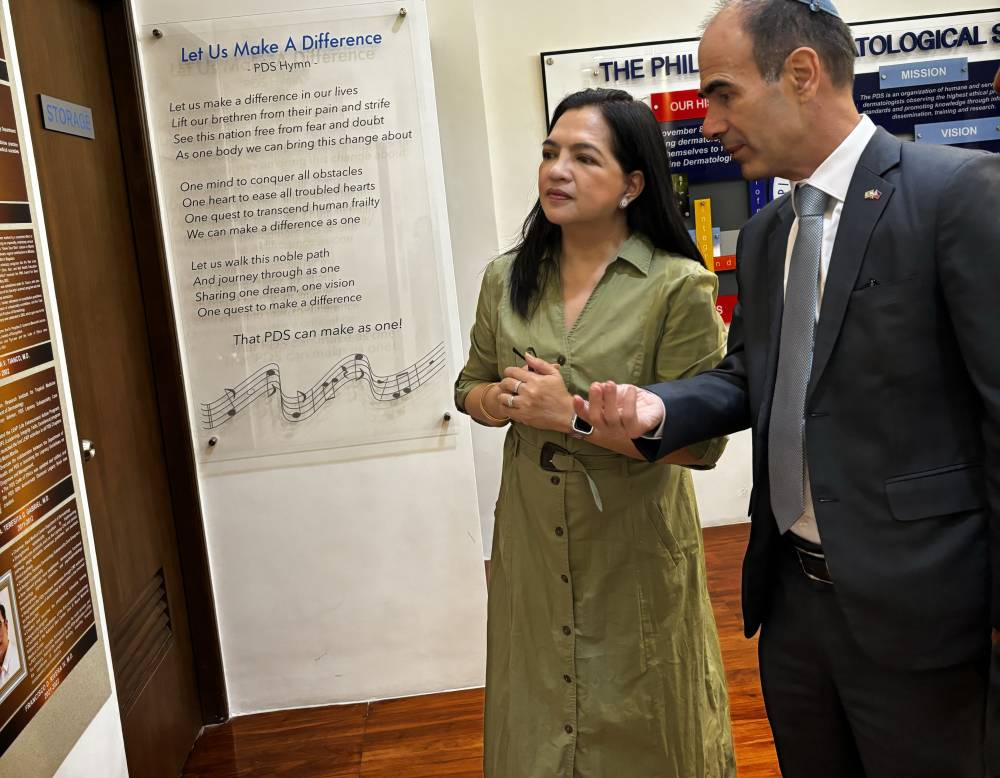
“The museum allows younger doctors to witness the evolution of treatments for both skin diseases and aesthetics,” she added.
Displayed are mostly devices dating from the 1960s to the 1990s. A timeworn, leather-bound copy of “Fitzpatrick’s Dermatology,” considered the dermatologist’s bible, is nestled in a vitrine. The book covers everything from fundamental skin science to managing common skin disorders.
Vintage pieces
Among the exhibits are a row of ’90s lasers—the CO2 laser for acne treatment and intense pulsed light (IPL) machines for improved skin texture. Two Wood’s lamps from different eras demonstrate how these diagnostic tools, which utilize ultraviolet light to identify infections and pigmentations, have become more compact over time.
The exhibit also features a clunky UVA calibrating machine, one of the oldest on display, which once configured the safe range of light output for treating eczema, vitiligo and skin lymphoma. Today, its function is performed by a handheld version.
Another vintage piece is the 1971 iontophoresis machine, a medical device that used mild electrical currents applied through biological membranes to alleviate excessive sweating in the armpits and feet.

“Modern methods are more effective,” Dr. Ramiscal said. “Botox injections, for example, offer a simpler solution.”
Two microdermabrasion machines from the 1990s are displayed side by side. These bulky devices resembled suitcases and used glass containers filled with crystals for exfoliation. Back then, these machines posed a risk of crystal inhalation and were quite messy.
New technology offers crystal-free systems, lasers and diamond-tipped probes for a more precise and gentler approach. Dr. Ramiscal explained, “Microdermabrasion resurfaces the skin, essentially removing the top layer to treat scars and promote rejuvenation.”
To veteran doctors, the older tools such as large comedone extractors, ear piercers and glass syringes with needles evoked nostalgia. Dr. Ramiscal said these glass syringes required sterilization, whereas today’s single-use syringes are more convenient and prevent cross-contamination and infections.
Cautery and COVID
Making a comparison in the evolution of cautery machines, she pointed out that the bulky models from the 1990s with large tips have been replaced by modern thermal cautery machines. These advanced devices are safe for patients with implanted electronic devices such as pacemakers and defibrillators because the current doesn’t pass through the body.
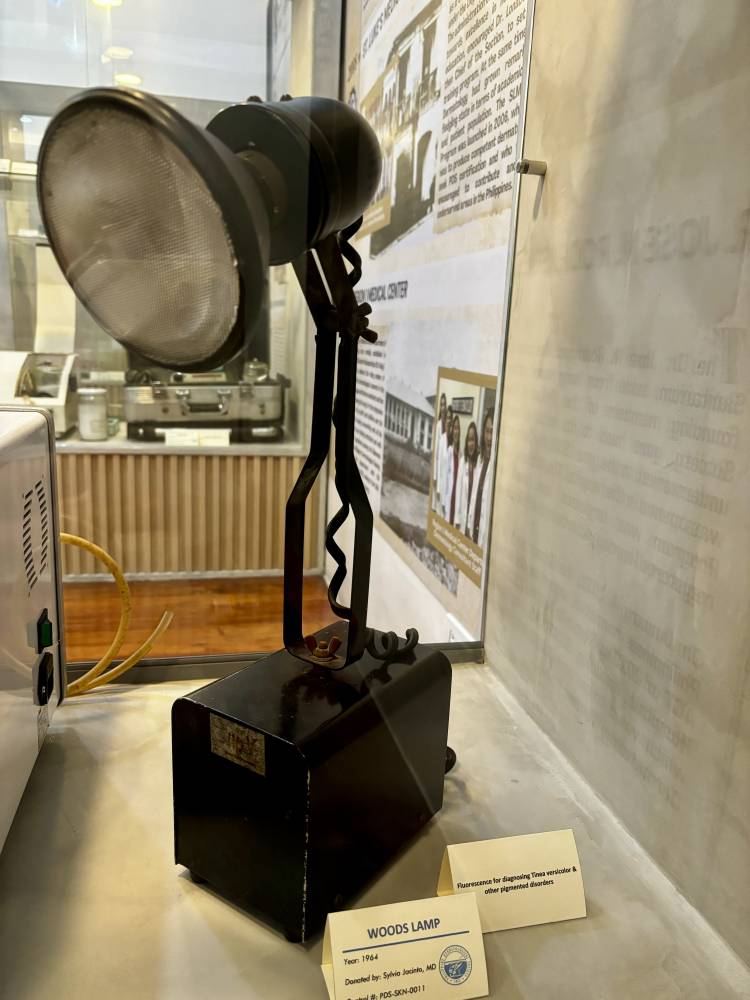
One important exhibit is the dermatoscope, a tool akin to a stethoscope for internists. This instrument allows doctors to magnify and examine the outer layers of the skin, revealing details invisible to the naked eye.
The museum concludes with a shelf dedicated to a recent historical event: the COVID-19 pandemic. The personal protective equipment worn by health-care workers were a reminder of a challenging time.
Israel Ambassador Ilan Fluss graced the occasion. This is noteworthy, as Israel is a leading exporter of advanced aesthetic equipment and professional skincare products to the Philippines.
“The role of a diplomat and the embassy is to foster friendships and partnerships with individuals and organizations,” Fluss said. “Here, we are building bridges between the Philippines and Israel through technology.”



